
Sugar factories always hold a variety of collective memories regarding colonialism, as their presence was initiated by the colonial regime. These memories can manifest in both bitter and sweet recollections, which, of course, are not as sweet as the sugar produced. One research discussing these memories is by Wawan Yulianto titled “Memory Studies of Sidoarjo Sugar Factory” (2020).
His article reviews a collection of short stories published by the Sidoarjo Arts Council. The short stories reviewed include:
- “Kisah Budi dan Sebutir Gula Pertemuan Beda Alam”;
- “Seorang Gadis di Teras Rumah”;
- “Kopi Tanpa Gula”;
- “Hitam di Kuku Ayah”;
- “Keputusan”;
- “Di Bawah Pohon Kersen”
- “Seruan dari Cerobong Asap”;
- “Gula dan Darah”;
- “Titik Pembalasan”;
- “Pertemanan di Pabrik Gula”;
- “Sesaat Kemudian Hal Aneh pun Terjadi pada Diriku”; dan
- “Rumah di Sudut Pabrik Gula”.
The notes on collective memory written in the article explain that there are three points of memory touched upon. These are sweet memories, bitter memories, and lastly, horror memories. From these memories, the authors present a sort of traumatic burden as a reflection in the present time. Especially for sweet memories, which paradoxically become a utopian escape for the authors as a form of cathartic effort.
In these sweet memories, there is one short story titled “Gula Tanpa Kopi” by Ruri. In the article, the author discusses the wise way of consuming sugar to avoid the impact of death. Additionally, there is an interesting quote from the reviewed short story, which is “something sweet is needed sweetly”. This means the short story provides an effort of reflection on the dark past memories transformed into a resurgence towards progressive change.
This recalls the Cultuurstelsel (forced cultivation) policy conducted by colonialism. Furthermore, in 1870, this policy shifted to a land lease system as a political strategy by colonialism (Tricahyono, 2020:3). Thus, the industrial land became increasingly developed, especially as the native population experienced exploitation no different from the previous policy.
On the other hand, the bitter memories present a number of past events wrapped in current conditions through several conflicts, mainly involving sugar factories. This means there are artifacts of dark memories, such as issues around the very minimal wages of factory workers and the problematic situation of employee salaries being sent too late, causing economic problems. Moreover, a character described as too consumptive actually represents a sort of dependency on the sugar factory.
Not only that, but there is also a kind of ambivalent mentality, especially in the short story by Niswahikmah titled “Hitam di Kuku Ayah”. According to the article’s explanation, this short story talks about a father figure (a factory worker) who dresses like an office worker. There is a sense of shame shown by the father character towards his child. The shame shown is his unwillingness for the child character to know that his father is a rough laborer in the sugar factory.
Furthermore, there is a memory of horror recollections. This means a climax tragedy where physical torture and horrifying and taboo things are told within a sugar factory setting. The short story discussed in the article showcases the sad story of Marlinah, who died tragically due to a sugarcane milling machine. Not without reason, this also explains a form of bloody memory. That the presence of sugar factory industrialization also provides a dark impact on the indigenous community.
From the various tragedies mentioned in Wawan Yulianto’s research article, it certainly provides a response regarding the memory of a conflict in the past. Furthermore, the industrialization of sugar factories in Sidoarjo, especially Tulangan, gives an illustration of land appropriation and forced cultivation. Therefore, the expansion of the residency area to Sidoarjo resulted in the transition of the farming community into factory workers.
On the other hand, the dependence on wages from the sugar factory labor later sparked the formation of labor unions. To improve the welfare of the workers in terms of wages conducted by the sugar factory industry (Nugroho, 2015: 67-79). Although in 1870 the forced cultivation system (cultuurstelsel) was abolished and shifted to independent land development by the sugar factory industry, this impact caused the farmers to lose their land and face a crisis with inadequate income.
From the various memory tragedies discussed in the article, it reflects on historical moments. This means the condition of Tulangan as an agrarian area has changed into a sugar factory industrial area with land appropriation and oppression by colonialism. Furthermore, the current writers’ memory of Sidoarjo’s history is the result of a form of catharsis in an effort to improve oneself from escaping the dark events that occurred in Tulangan as a historical tragedy.
The article written by Wawan Yulianto certainly explains various phenomena about the memory of the past of the Tulangan Sidoarjo sugar factory. However, this cannot be separated from the historical aspect present. In addition to the memory phenomena experienced by the writer today, there are still various artifacts from each different perspective. Nonetheless, this serves as a form of change over time from every experience regarding the memory of sugar factory industrialization.
Moreover, this memory becomes an excavation towards a new perspective in addressing past events. This perspective becomes an effort on how the community subjects can learn from historical phenomena. Furthermore, it is empowerment for future progress. Additionally, in this collection of short stories in the article, it becomes a form of Dark Tourism, a wise revelation in viewing historical facts.
In short, the reading of memory history presents a dark fact of history. This memory is neatly stored in the collection of short stories published. Indeed, it can explore the crimes of colonialism through bitter and horror memories in the narrative imagination of the short story.


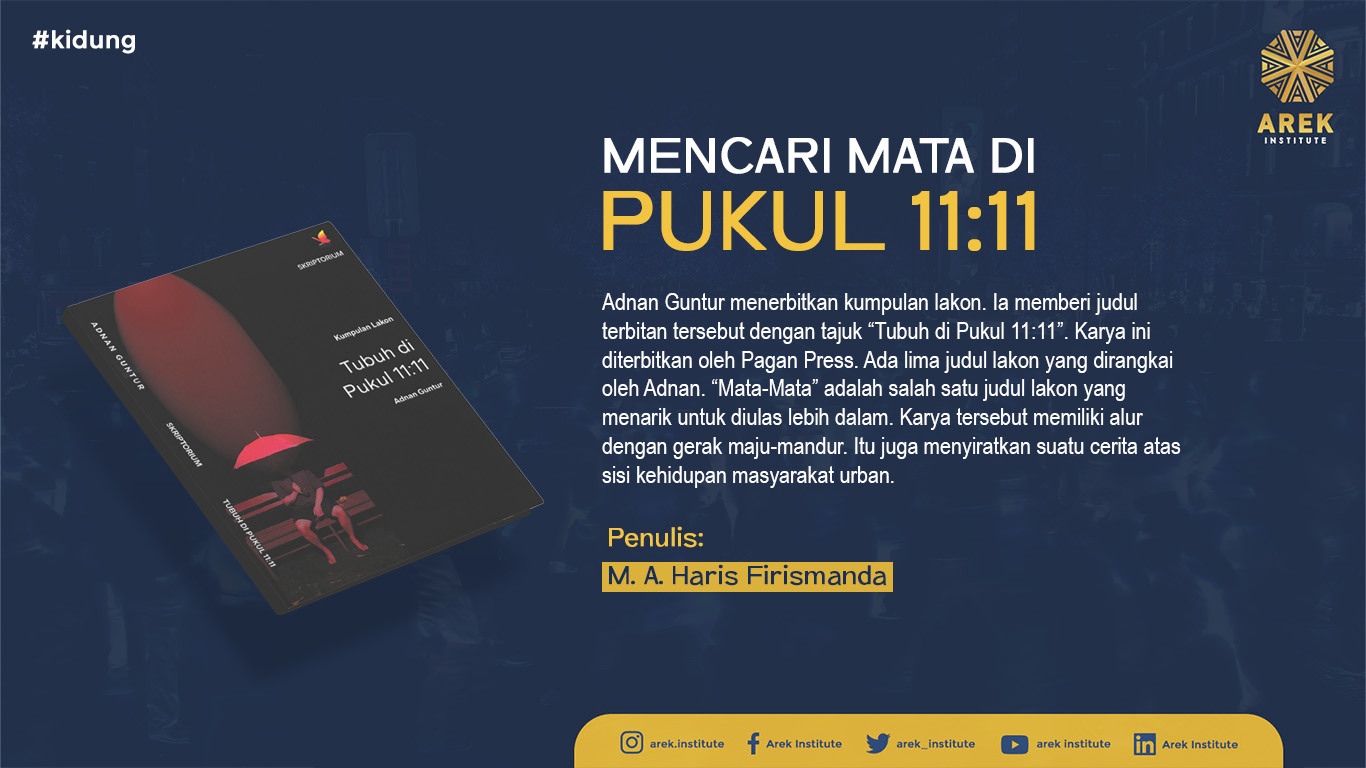
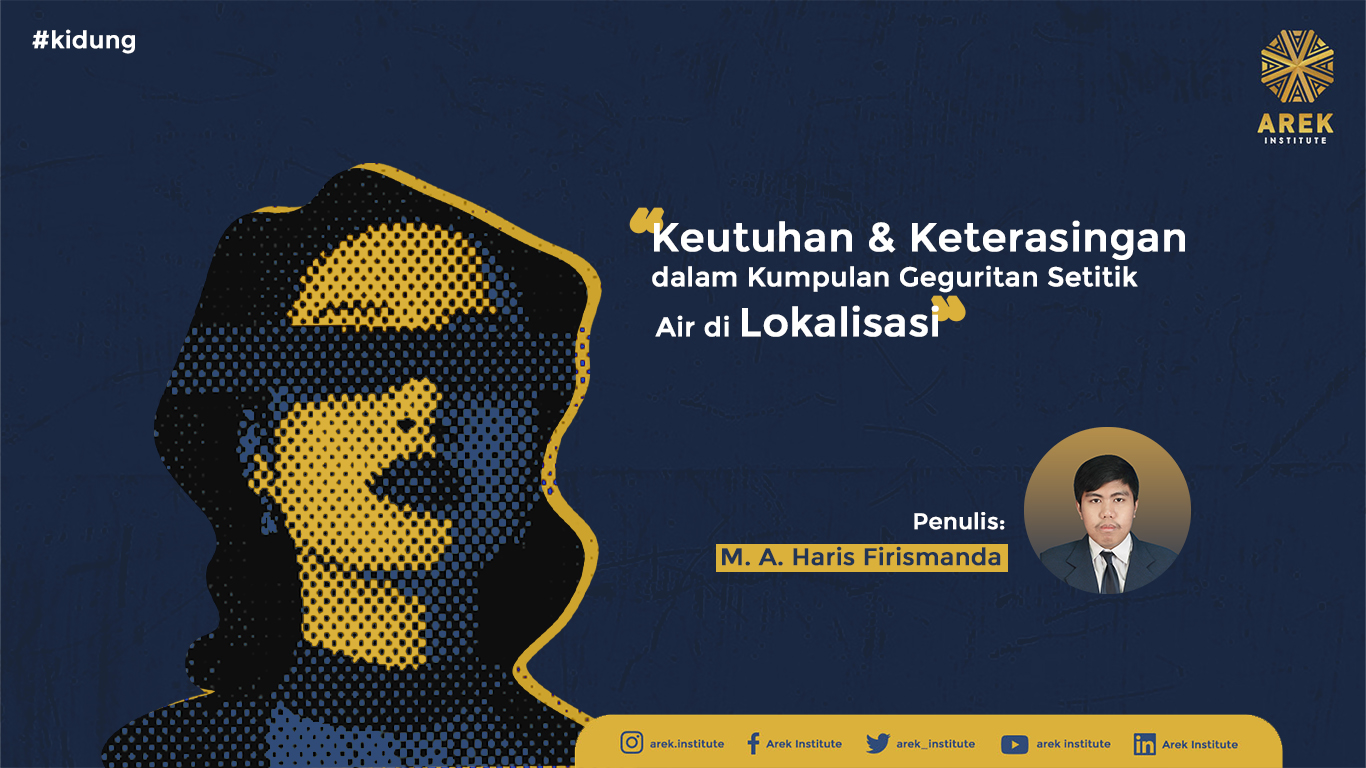
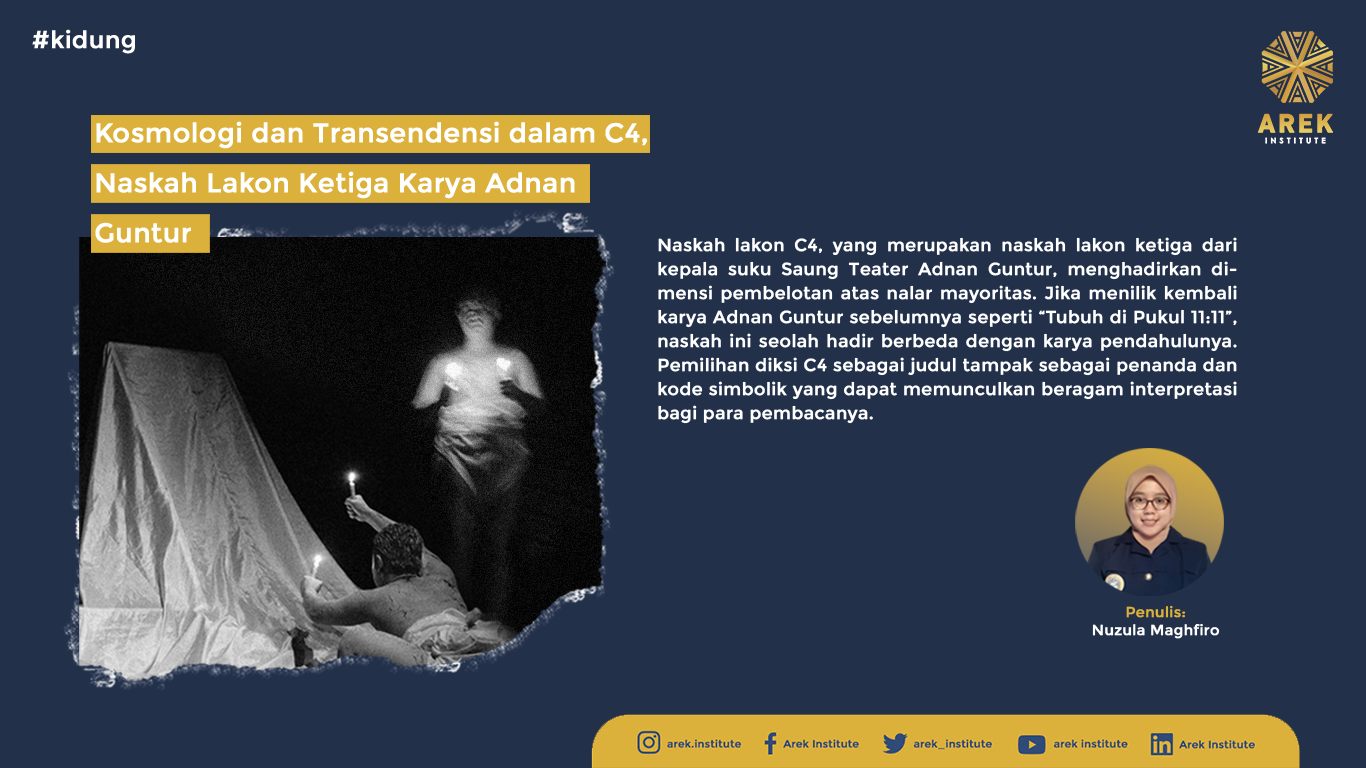
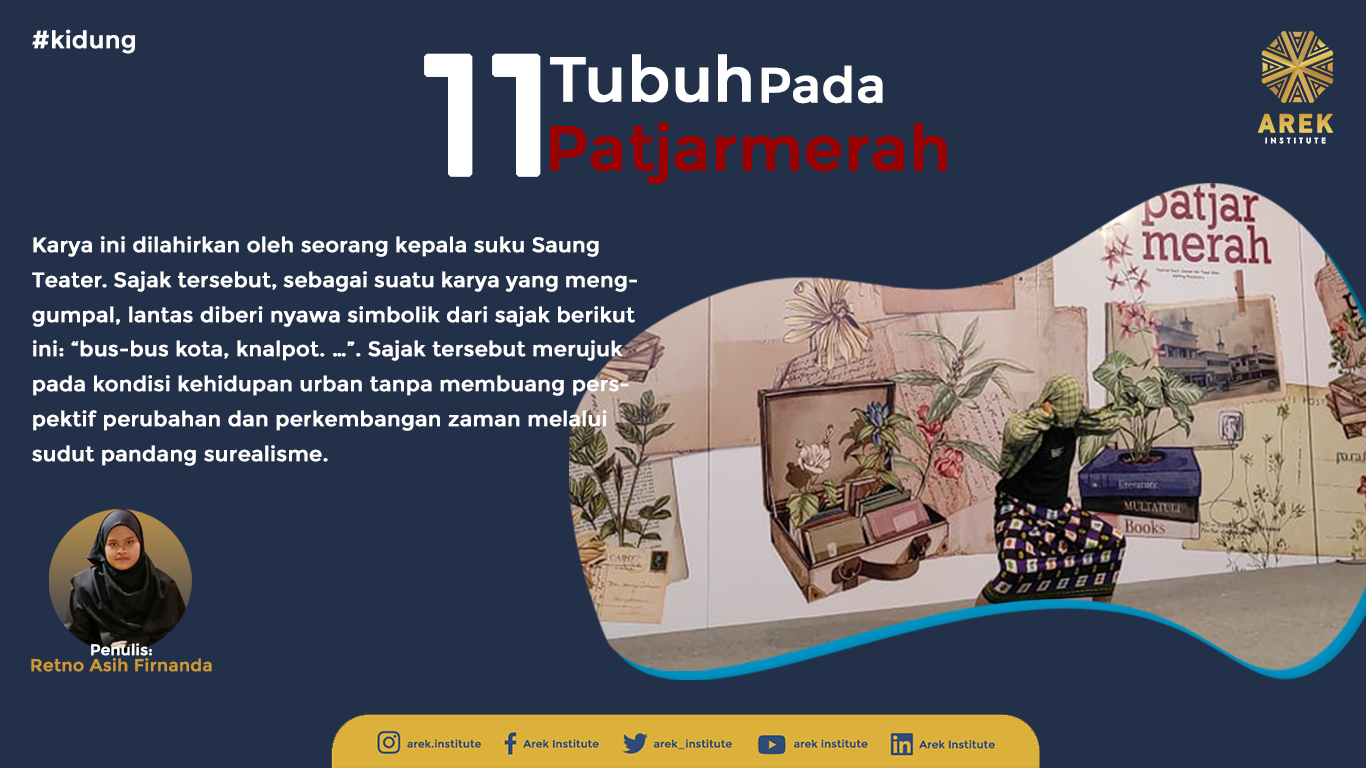
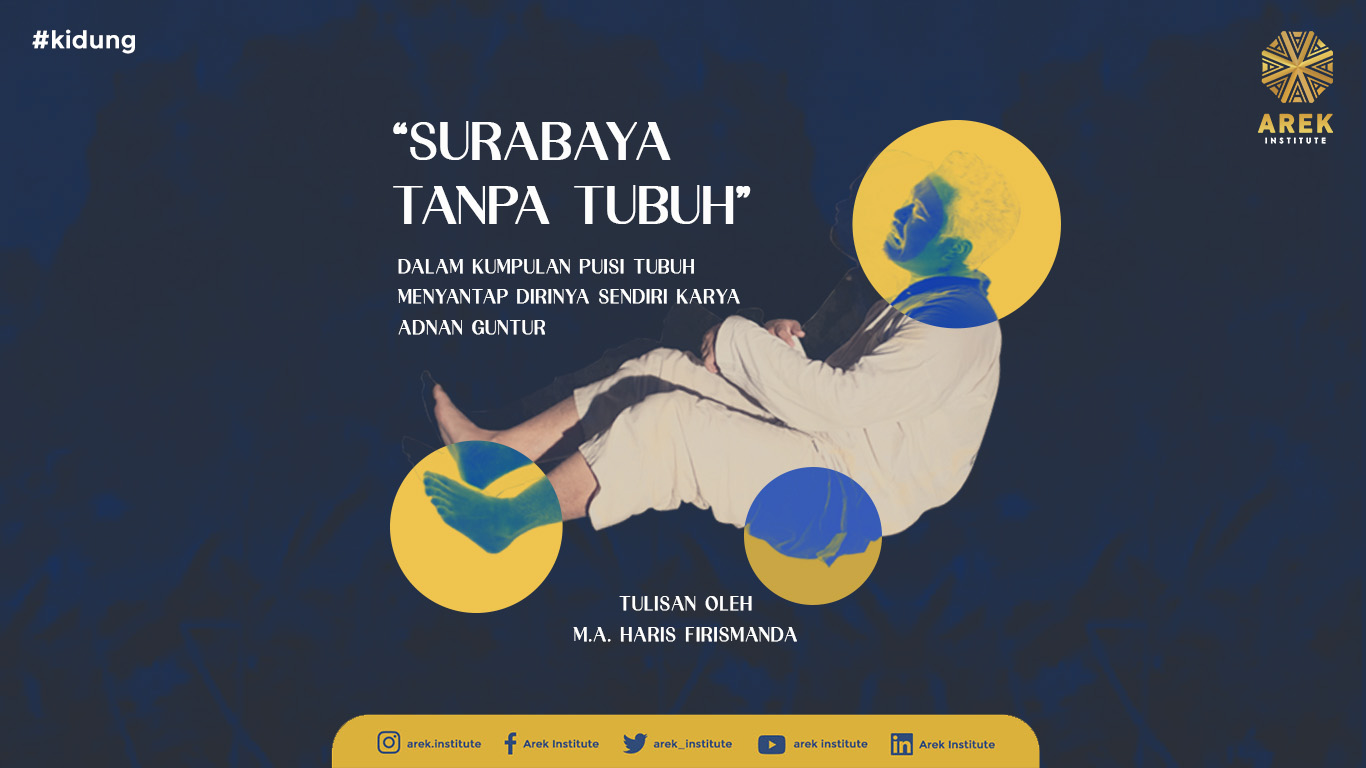
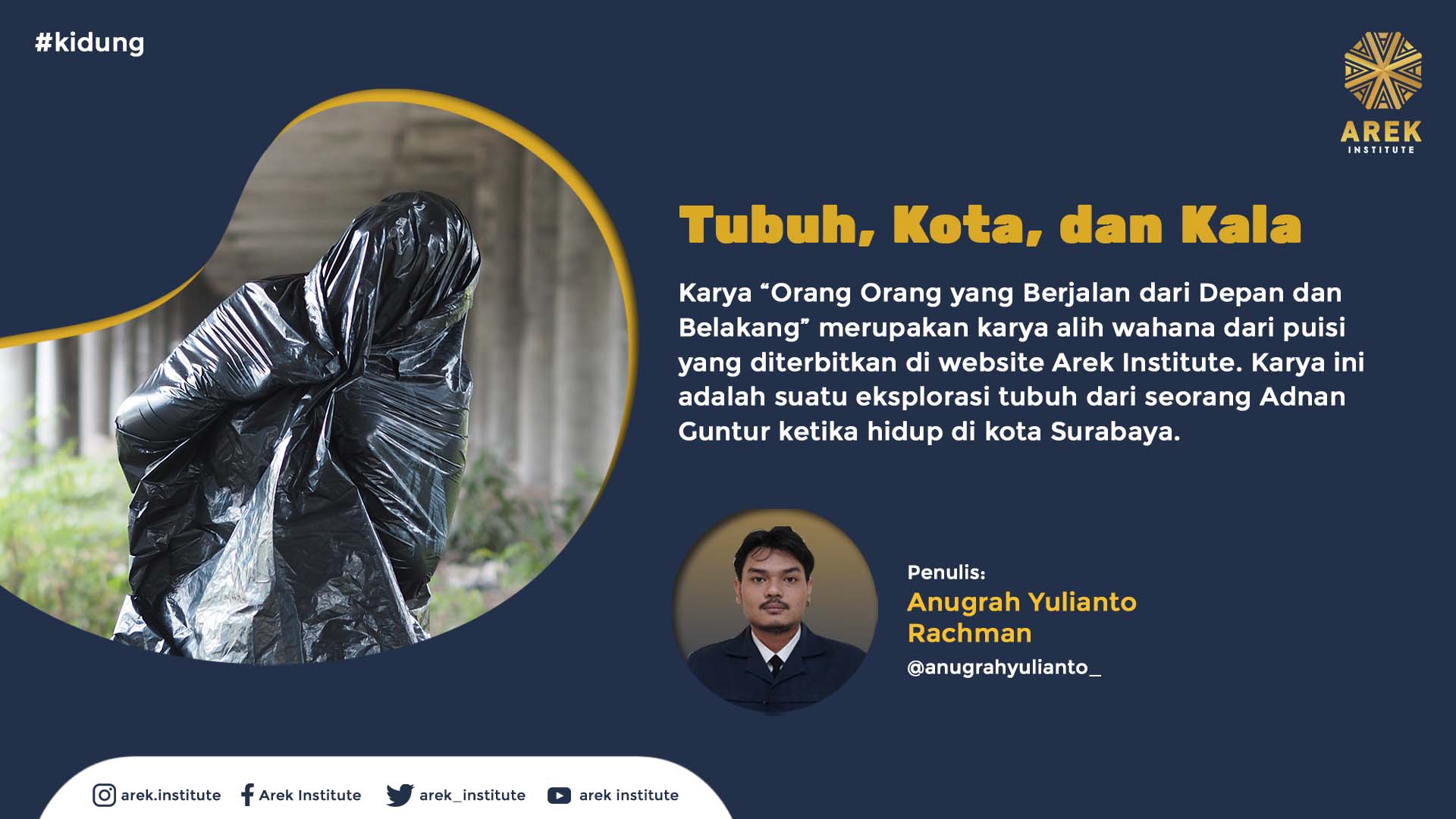
0 Comments